Visitor use management strategies needed to reduce ecological impacts, enhance visitor experiences, meaningfully engage Indigenous groups and stakeholders
December 7, 2020
Calgary, Alberta – During this past year, Canadians have flocked to nature to recharge, spend time with friends and family outdoors, and enjoy all our parks have to offer. With increases in visitation, many of Canada’s National and Provincial Parks were impacted by increased litter, human-wildlife conflict incidents, user conflict, and crowding in sensitive ecological areas. And while issues of overcrowding are not new, this summer brought to the forefront the need to manage visitation proactively and strategically so that we don’t love our most precious protected areas to death.
The Canadian Parks and Wilderness Society (CPAWS) has been working to define innovative ways to manage visitor use in our protected areas for decades. In its newly released report, Managing Human Use In Canada’s Rocky Mountain National Parks – Defining a Way Forward, CPAWS details a step by step approach to creating visitor use management strategies that protect parks and offer a range of recreational experiences.
“Current visitation patterns in Canada’s most popular National Parks, like Banff and Jasper, show that the time to address visitor use meaningfully and strategically is now,” said Sarah Elmeligi, CPAWS Southern Alberta’s National Parks program coordinator and author of the report. “Creating a visitor use management strategy can be a win-win-win where ecological impacts are reduced, visitor experiences are enhanced, and Indigenous groups and stakeholders are meaningfully engaged.”
The report reviews approaches from other countries, such as the United States, Australia, and Central America, within the Canadian context to recommend a step-by-step approach that Parks Canada can use to collaborate with Indigenous groups and stakeholders to create visitor use management strategies for its most popular parks.
“People often think of visitor use management as being an array of quotas and limits on human use,” says Katie Morrison, CPAWS Southern Alberta Conservation Director. “This report, however, shares a variety of management options from site design to education that can be defined in collaboration with stakeholders to create visitor use management strategies that are holistic, comprehensive, and enhance the overall visitor experience.”
Parks Canada will be resuming stakeholder consultations associated with updating its management plans for the Rocky Mountain Parks in 2021. CPAWS anticipates that this report will be a valuable contribution to those discussions to ensure the new management plans define a process for concretely addressing visitor management.
“This report is the first step in addressing a complex and potentially daunting process. We look forward to working with Parks Canada and Banff National Park’s recently-announced expert panel addressing sustainable travel within the park,” said Anna Pidgorna, CPAWS Senior Conservation Coordinator. “The step-by-step process we’ve defined can guide the development, implementation, and monitoring of visitor use management strategies at various scales for any park across Canada being challenged by high visitation.”
The full report is available here.
For more information contact:Sarah Elmeligi, PhD
403-688-8641
More News

Speak Up, Write Out: The Power of a Local Op-Ed

Survey Guide: Draft Alberta Plan for Parks Phase 2



